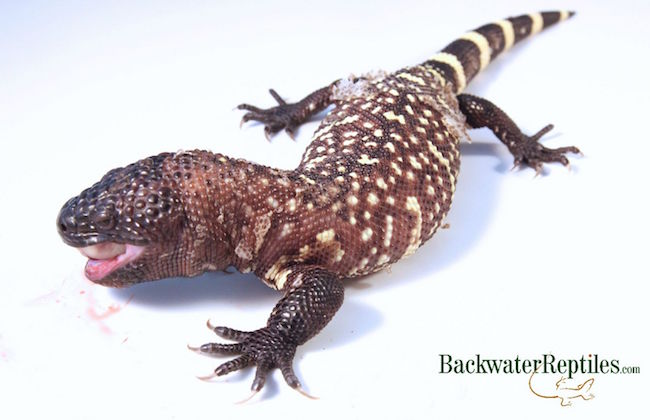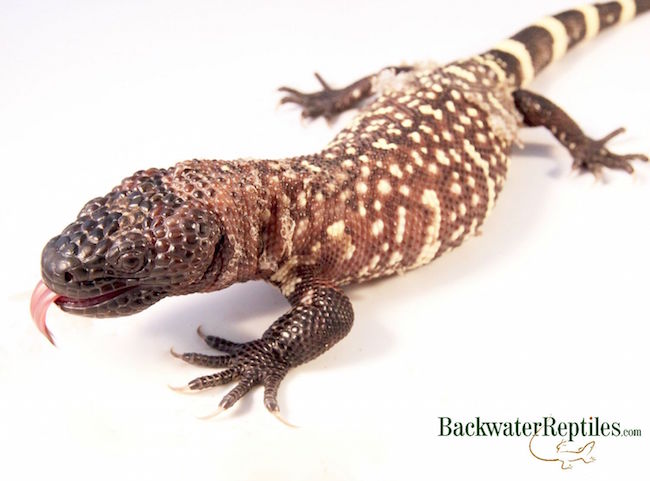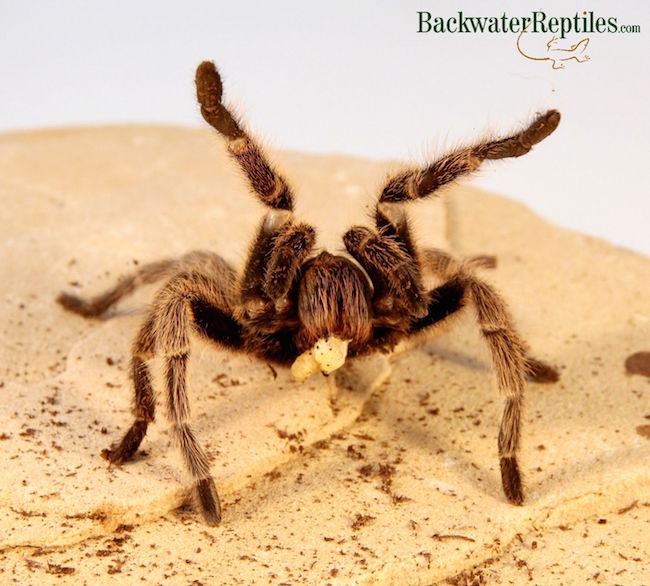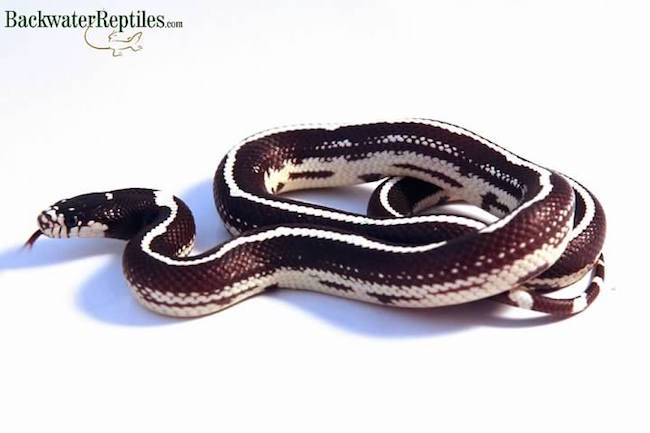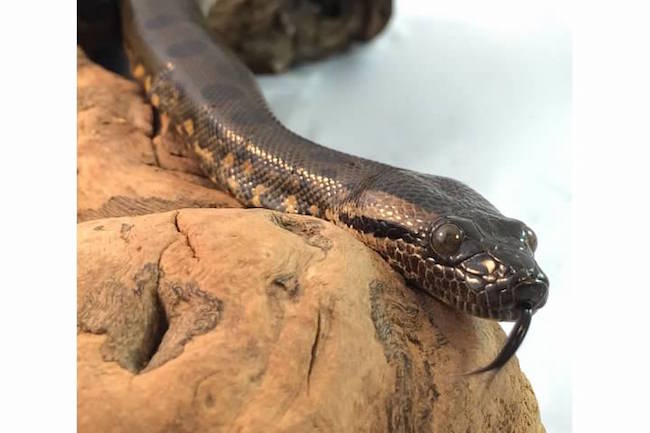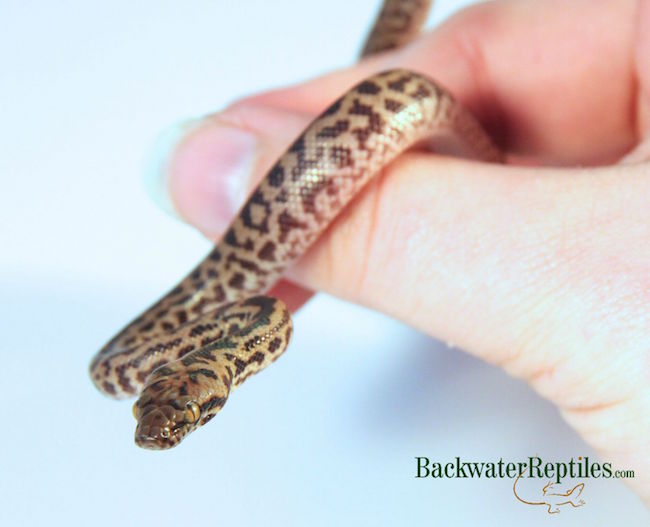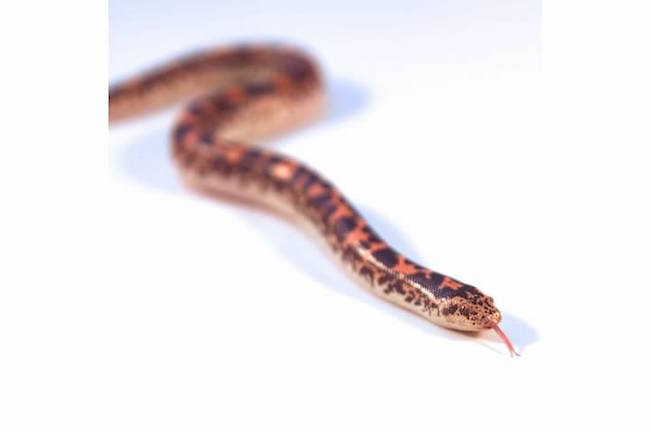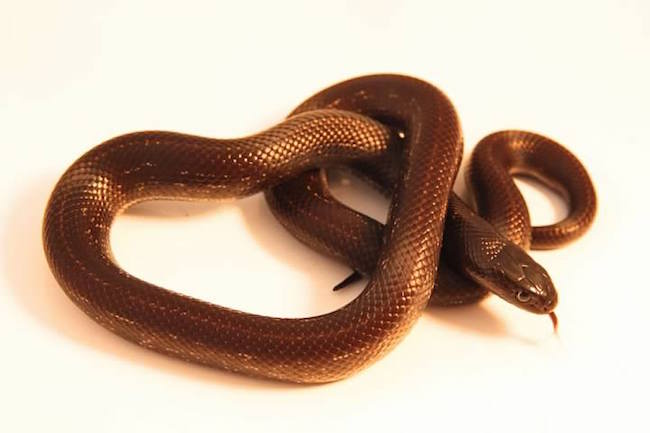Interested in learning how to get your lizard to eat from your hand? Not all lizards enjoy being handled or eating in front of an audience. However, there are many species with voracious appetites that will basically eat on command and even seek-out the experience of being hand-fed by their keeper. In this blog entry, we will describe our techniques and methods for making our lizards friendly eaters.
First of all, it makes sense to start with a lizard species that is already known for having a great temperament and hearty appetite. Some species known for being overall pretty tame and well-mannered are: bearded dragons (Pogona vitticeps), Blue Tongue Skinks (Tiliqua sp.), Crested Geckos (Rhacodactylus ciliatus), Leopard Geckos (Eublepharis macularis), Green Iguanas (Iguana iguana), some monitor lizards (Varanus sp.) and certain species of chameleon.
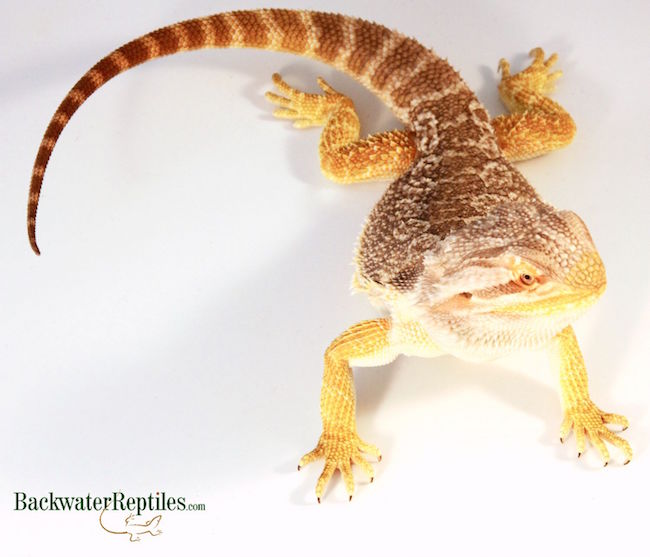
You want to familiarize your pet lizard with you by handling it frequently. Get the animal used to your smell and get it accustomed to being removed from its enclosure if you want to hold it while feeding it. Remember never to move suddenly or get the lizard too close to your face.
After your lizard is used to you, the rest should happen naturally. If your lizard is an omnivore, start out offering it fruits and/or veggies from tongs or your hand. If your lizard is a carnivore and eats live insects, you can grip a cricket by its large back legs or grip a roach by its wings and gently place the wriggling insect in front of the animal to show it food is present. It also makes sense to offer the hand-held food at the beginning of the animal’s breakfast, lunch, or dinner time so that your lizard is not already full when you’re trying to train it.
Sometimes it helps to remove the lizard from it’s cage when feeding so that it doesn’t necessarily associate a hand entering the enclosure with food. This can lead to lunging at your hand with an open mouth.
After a while, your lizard will get used to the routine and will essentially eat from your hand on command. However, please understand that lizards are not domesticated animals and will not respond to formal training in the same manner that a dog or a cat would, so don’t be surprised if it takes a while…or if your lizard decides not to eat from your hand at all!

How many of you readers out there have trained your lizards to eat from your hand? What methods did you use?

